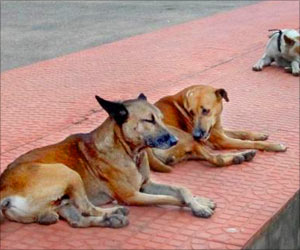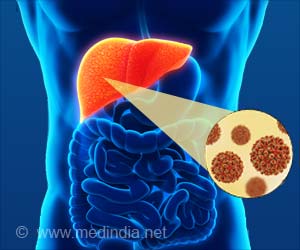Children and adults going out to play in gardens barefoot are more susceptible to the disease, which is caused by the bite of a mite that is commonly found in grass and bushes.
‘Cases of scrub typhus, a mite-borne bacterial infectious disease have been increasing in India.’
The bacterial disease shares some of its symptoms with Chikungunya and often results in the death of the person infected. Patients infected with the disease have complained about having breathing problems, jaundice, vomiting, nausea, joint pain or shivering.
Lumps have been recorded to develop on parts of the body such as neck, under-arms and hips in severe cases. The area of the insect bite on the skin also turns red.
Scrub typhus can be treated if the infected gets immediate medical care. However, most of the scrub patients are found self-medicating at home and seeking medical help only after their condition has worsened.
According to the CDC, no vaccine is available to prevent scrub typhus. It suggested that the risk of contracting the infection is lowered by avoiding contact with infected chiggers.
When travelling to regions where scrub typhus is common, people should avoid areas with lots of vegetation and brush where chiggers may be found. For precautionary measures, health experts have advised the spraying of permethrin and benzyl benzoate on clothes and bedding.
Apart from India, cases of scrub typhus have been reported from rural areas of Indonesia, China, Japan and northern Australia.
Tests in the laboratory are effective in diagnosis of scrub typhus. Doxycycline, an antibiotic drug, is effective in treatment of scrub typhus. The drug has been widely used for COVID-19 treatment in asymptomatic and mild cases.
Source: Medindia



